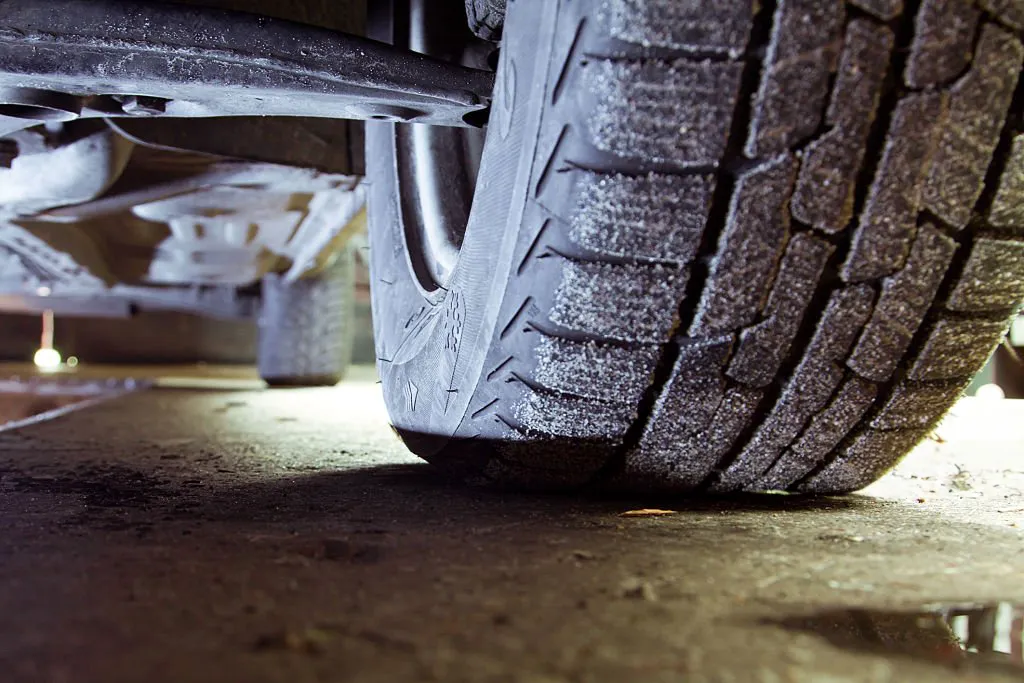Blogs

What Is Tyre Casing Made Of?
Tyre casings, the foundation of any tyre, are a marvel of engineering and materials science. Comprising several layers, each with a specific role, they form the backbone to which tread, sidewalls, and other components are attached.
At its core, a tyre casing consists of a carcass. This carcass is typically made from layers of fabric-like material, known as plies. Historically, these plies were made of cotton, but modern tyres predominantly use synthetic materials like nylon, polyester, or rayon. These synthetic fibres offer greater strength, durability, and resistance to heat and wear compared to their natural counterparts.
Surrounding the carcass is the bead, a crucial component that ensures the tyre remains attached to the wheel. Beads are typically made of high-strength steel wire, coated in rubber. This combination provides a firm grip on the wheel rim, allowing the tyre to withstand the forces exerted during driving.
Encasing the carcass and bead are the sidewalls and tread. Sidewalls are made from a specially formulated rubber compound, designed to be flexible yet robust. They protect the carcass from external damage and contribute to the tyre's overall performance by affecting ride quality and handling. The tread, on the other hand, is made from a tougher rubber compound, featuring a pattern designed for specific driving conditions. It’s the part of the tyre that makes contact with the road, providing traction and influencing factors such as fuel efficiency and noise levels.
Between the plies and the rubber tread and sidewalls, there are often layers of steel belts – thin, strong layers of steel wire. These belts add strength to the tyre, helping it maintain shape and stability even at high speeds or under heavy loads. They also play a key role in preventing punctures.
In the quest for sustainability, manufacturers are increasingly exploring alternative materials. Some are experimenting with bio-based materials like dandelion rubber, while others are incorporating recycled materials into their tyres. This shift not only reduces reliance on non-renewable resources but also aligns with a growing consumer demand for environmentally friendly products.
The tyre casing is a complex assembly of materials, each chosen for its specific properties. From the synthetic fibres in the carcass to the steel in the beads and belts, every component plays a vital role in the tyre's overall performance. As technology and materials science continue to evolve, we can expect future tyres to become even more efficient, sustainable, and high-performing. Get in touch with us if you'd like to know what you can do with your used tyre casing; our experts can help valuate your options for recycling, repurposing, or properly disposing of them in an environmentally friendly manner.
Get In Touch
We're here to answer any questions you may have about our tyre solutions. Reach out to us and we'll respond as soon as we can. Your satisfaction is our top priority, and we look forward to assisting you.
By submitting this form, you agree to be added to our mailing list. We assure you that your personal data will not be sold or shared with any third parties. Should you wish to unsubscribe at any time, simply email us with the subject 'Cancel', and you will be promptly removed from the mailing list.
Why Not Call Us
COPYRIGHT © 2023 RENSHALL TYRE SOLUTIONS LTD.
